If I have an MCU, e.g. ATTiny85, and I connect a 5V input to a pin on the MCU, what current is flowing?
If that MCU pin is configured as an input, then there is almost zero current, for a static input voltage which is within the allowed voltage range for that IC (often, but not always, limited by the supply rails). Check the datasheet for your specific MCU - look for the "input leakage current" parameter, typically a few nA.
From page 161 (in the current version) in the ATtiny85 datasheet, I have edited one table to show only these relevant values:

Here you can see that typical input leakage current is < 0.05 uA (< 50 nA) for that device.
My understanding is that the pin I'm connecting to will be at 0V
No. An input is not a low resistance path to "0V", which would be required for a "large current" to flow (as you describe below).
and if I connect the 5V input then a large current will flow due to virtually no resistance, but this isn't true.
Yes, that isn't true because of the incorrect initial assumption that the input pin is at 0V.
How is my understanding wrong?
Ignoring some practical aspects (e.g. ESD structures and analog inputs, and assuming any internal pull-up or pull-down resistors are not enabled) a digital CMOS IC logic input is often internally a pair of complementary MOSFET gates - very high resistance. Therefore do your research about the characteristics of a MOSFET and how it switches.
